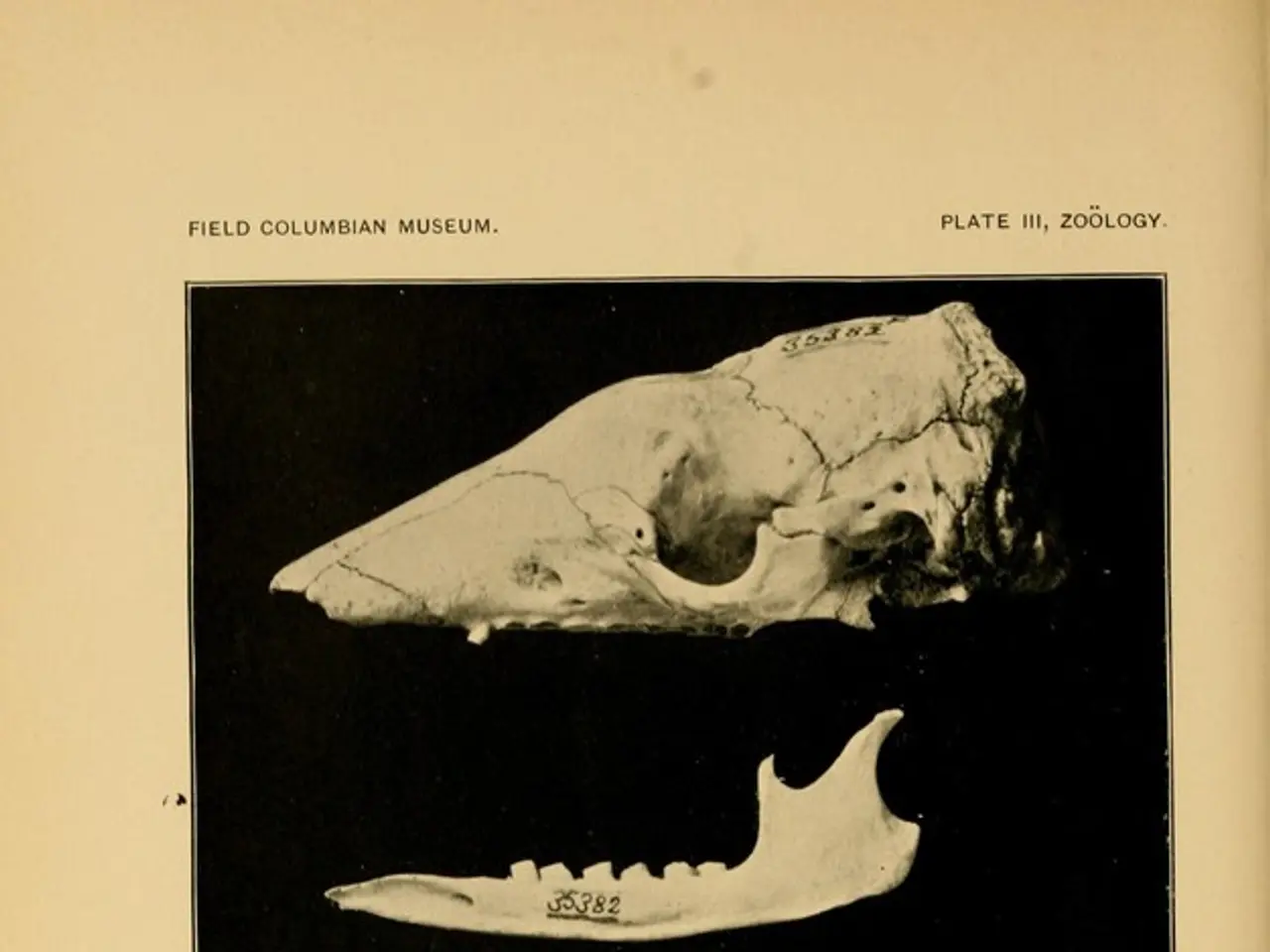Back pain and Multiple Sclerosis: Origins and Remedies
Back pain is a common issue for individuals living with Multiple Sclerosis (MS), a condition that affects the central nervous system. The pain arises from a combination of factors, including neuropathic processes and secondary musculoskeletal issues.
Neuropathic Pain in MS
Demyelination and nerve damage are key culprits behind neuropathic pain in MS patients. This can result in sensory disturbances, such as burning pain and numbness in limbs linked to spinal cord lesions. Lhermitte's sign, a short, intense pain that runs from the back of the head down the spine and sometimes into the arms or legs when a person bends their neck forward, is another symptom of MS caused by damage to nerves in the neck or hyperexcitability in the brain.
Musculoskeletal Symptoms
Secondary problems such as muscle stiffness and spasticity, postural issues, and degenerative spine conditions also contribute to back pain in MS patients. Degenerative Disc Disease (DDD) may develop independently or in association with MS, causing mechanical pain aggravated by movement, sitting, or lifting, and sometimes nerve compression. Muscle spasms and spasticity, driven by neurological dysfunction in the central nervous system, lead to painful cramping and stiffness in back and neck muscles.
Treatment Options
A multidisciplinary approach combining physical therapy, medication, and supportive care is typically employed to manage symptoms and improve quality of life. Physical therapy and neurological rehabilitation help improve mobility, reduce spasticity, and strengthen muscles supporting the spine. Pain management includes medications tailored for neuropathic pain (e.g., gabapentin or pregabalin), muscle relaxants, and anti-inflammatory drugs. Vestibular and balance therapies, psychological support, and cognitive rehabilitation are also important components of treatment.
Addressing vitamin D deficiency, a condition linked to both DDD and MS, supports bone health. Lifestyle modification such as activity adjustment, ergonomic changes, and home remedies like heat, cold, or gentle stretching can provide symptom relief.
Additional Considerations
Other methods for treating neuropathic pain include acupuncture, mindfulness and meditation, and cognitive behavioral therapy (CBT). Spasticity treatment options include medications, physical therapy, and occupational therapy. Sciatica, arthritis, and osteoporosis can also cause back pain in people with MS.
Incorrect use of assistive devices like canes can put additional strain on the back and cause back pain. It is crucial for individuals with MS to learn how to use these devices correctly to avoid further discomfort.
Conclusion
Back pain in MS patients is multifactorial, requiring a comprehensive approach to manage symptoms effectively. By understanding the causes and employing a combination of treatments, individuals with MS can improve their quality of life and better manage their back pain.
- In individuals diagnosed with Multiple Sclerosis (MS), neuropathic pain is often a consequence of demyelination and nerve damage, which can lead to sensory disturbances like burning pain and numbness.
- Musculoskeletal issues, such as muscle stiffness, spasticity, postural problems, and degenerative spine conditions, also contribute to back pain in MS patients, potentially causing mechanical pain and nerve compression.
- Treatment for back pain in MS patients often involves a multidisciplinary approach that includes physical therapy, medication, and supportive care. This may involve medications for neuropathic pain, muscle relaxants, and anti-inflammatory drugs, along with neurological rehabilitation, psychosocial support, and lifestyle modifications.
- Additional methods for managing neuropathic pain and spasticity in MS patients include acupuncture, mindfulness and meditation, cognitive behavioral therapy (CBT), and proper use of assistive devices to prevent additional strain on the back.
- Chronic diseases like sciatica, arthritis, and osteoporosis can additionally cause back pain in people living with MS, highlighting the need for a comprehensive understanding and approach to managing related health-and-wellness issues.




